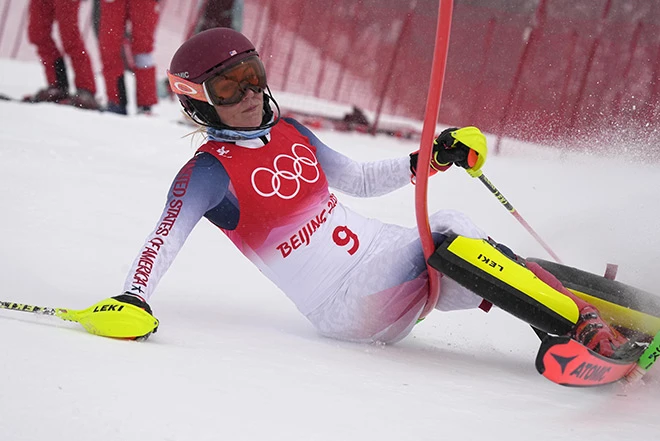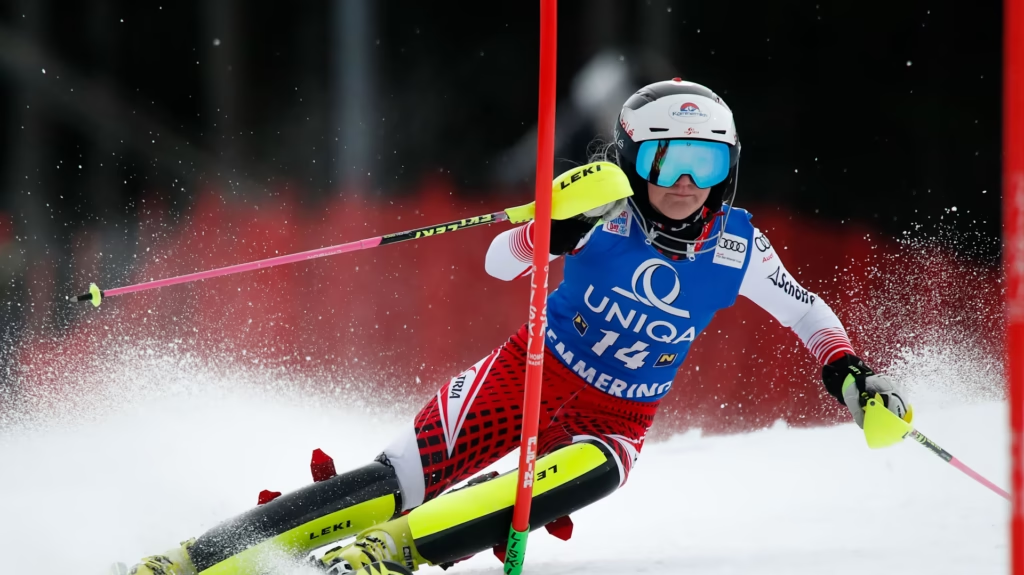In a thrilling development that has sent waves through the alpine skiing world, World Cup skiers are set to receive at least a 10% increase in race prize money for the upcoming season. This much-anticipated boost isn’t just a financial upgrade — it’s a symbolic win for the athletes who brave steep slopes, icy turns, and punishing weather conditions to deliver electrifying performances on some of the planet’s toughest terrain.
The news has been met with excitement, cautious optimism, and plenty of questions. What does this mean for the future of ski racing? How will it affect athletes at different levels? And is this the long-overdue reward that elite skiers deserve — or just the beginning of a much bigger shift?
Why This Raise Matters: More Than Just Numbers
Let’s be honest — alpine skiing isn’t a sport for the faint of heart. From high-speed crashes to training at altitude in freezing conditions, World Cup athletes endure one of the most physically demanding careers in professional sports. And yet, until recently, their compensation often lagged behind that of athletes in more globally broadcast sports like tennis, golf, or football.
So this 10% increase in race prize money is more than a headline. It’s a validation. A signal that the governing bodies and stakeholders in winter sports are recognizing the risks, efforts, and star power of the skiers who draw millions of fans to winter resorts and television screens.
For the top-tier names who dominate podiums, this raise may not dramatically change their lifestyles — but for those competing mid-pack or emerging talents still carving their names into the icy circuits, every euro or dollar counts. More prize money can help pay for equipment, coaching, travel, and the team it takes to make the starting gate season after season.
A Nod to Equality and Evolution
While the prize money increase applies across the board, it also reignites discussions around gender pay equity in skiing. Alpine skiing has long prided itself on offering equal prize money for men’s and women’s races in most events, particularly in the World Cup. This raise solidifies that commitment, ensuring both men and women benefit equally from the financial uplift.

In a sports world where disparities still exist, alpine skiing continues to set an example in this area. But that doesn’t mean the work is done. More inclusive visibility, expanded broadcasting, and consistent support across all tiers of competition remain essential for lasting equity.
A Rising Tide Lifts All Skiers?
It’s not just the headline winners who will benefit. If distributed thoughtfully, this increase in prize money can uplift the entire ecosystem of the sport.
For example:
- Young talent: Junior skiers making the leap to the World Cup often face staggering expenses with limited sponsorships. Increased prize money could give them a financial safety net and keep them in the sport longer.
- Specialists: Slalom and downhill specialists who may only have a few races per year can now potentially earn more without needing to overextend themselves across other disciplines.
- Support teams: More money for athletes could trickle down to coaches, physiotherapists, and technicians who travel year-round and work behind the scenes.
This is how a single move — a 10% increase — can have ripple effects across a season, a circuit, and a community.
The Business Behind the Boost
What led to this rise in prize money? Industry insiders suggest it’s a mix of increased commercial revenue, new sponsorship deals, and greater media exposure. The post-pandemic rebound has seen ski resorts welcoming back fans, and digital coverage of World Cup races has grown steadily on social media and streaming platforms.
Skiing’s top races — from Kitzbühel’s Hahnenkamm to Wengen’s Lauberhorn — now command massive audiences. Global sponsors are taking notice. And where attention flows, money follows.
Federations and event organizers understand that today’s athletes are not just racers — they’re brands. With skiers like Mikaela Shiffrin, Marco Odermatt, Lara Gut-Behrami, and Aleksander Aamodt Kilde commanding global fanbases, the sport is gaining new commercial traction.

The 10% raise is an investment. In the athletes. In the brand. And in the future of alpine competition.
What Athletes Are Saying
While official statements from many top athletes are still rolling in, early sentiment on social media and in training camp interviews suggests that most skiers welcome the change — with a few noting that the work isn’t over yet.
Some skiers have highlighted that increased prize money doesn’t always translate to better conditions at all levels. There are calls for better travel logistics, more sustainable calendars, and greater mental health resources. Still, the raise is being viewed as a step in the right direction.
It also sends a message that athletes’ voices are being heard. In recent years, skiers have become more vocal about working conditions, fair scheduling, and compensation. This raise shows that the dialogue is working.
The Global Impact: A Win for Small Nations?
Interestingly, this rise in prize money may also encourage more participation from smaller ski nations, where funding is limited, and the path to World Cup starts is steeper.
For nations like the Philippines, Morocco, or Lebanon — where promising skiers often train abroad and self-fund — even modest increases in prize money can be the difference between a continued season or an early retirement.
By making skiing more financially viable for a broader range of athletes, the sport becomes more inclusive, more global, and more competitive.
Looking Ahead: Is This Just the Beginning?
Many are already asking: What comes next? Is this 10% raise a one-time boost, or the start of a new standard for athlete compensation in winter sports?
To sustain momentum, the skiing world must:
- Monitor distribution: Ensure that the prize money increase benefits more than just the top three finishers.
- Invest in visibility: Promote the sport in new markets and elevate lesser-known athletes and disciplines.
- Create career longevity: Help skiers transition into coaching, media, or ambassador roles after retirement.

A sport that rewards its heroes today will attract new legends tomorrow.
Final Thoughts: Celebrating the Momentum
At its heart, skiing is about more than medals and prize money. It’s about courage, resilience, and chasing perfection on snow-covered peaks. But it’s also a career — and like all professions, it deserves fair compensation.
This 10% prize money increase is a win for everyone who believes in the future of alpine skiing. For the young girl strapping on skis for the first time. For the veteran racer eyeing one last season. For the fans who cheer from mountain chalets and living rooms alike.
This moment signals a shift — not just in finances, but in respect, recognition, and reward. And in the world of sports, that’s a race well worth watching.


